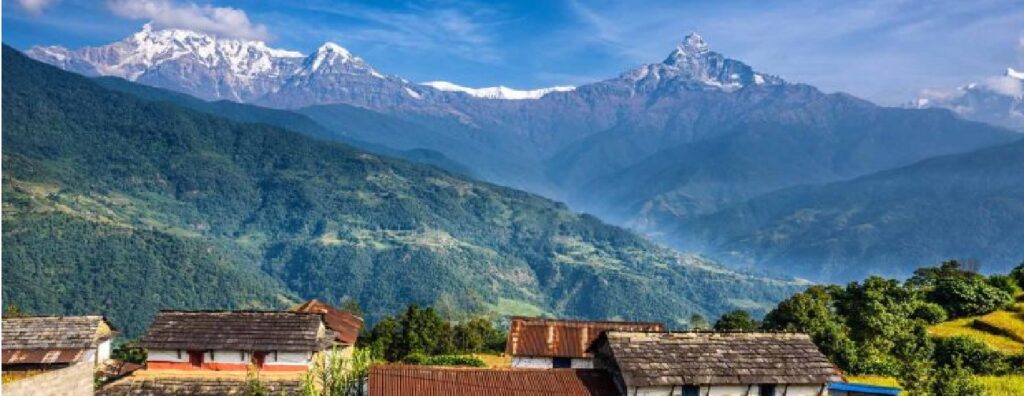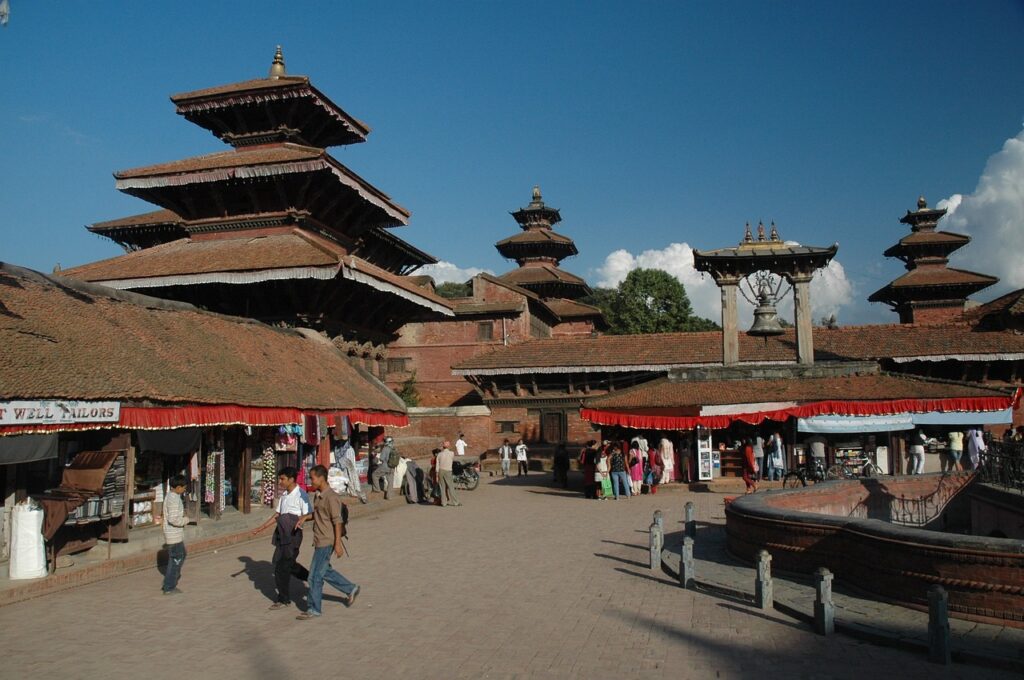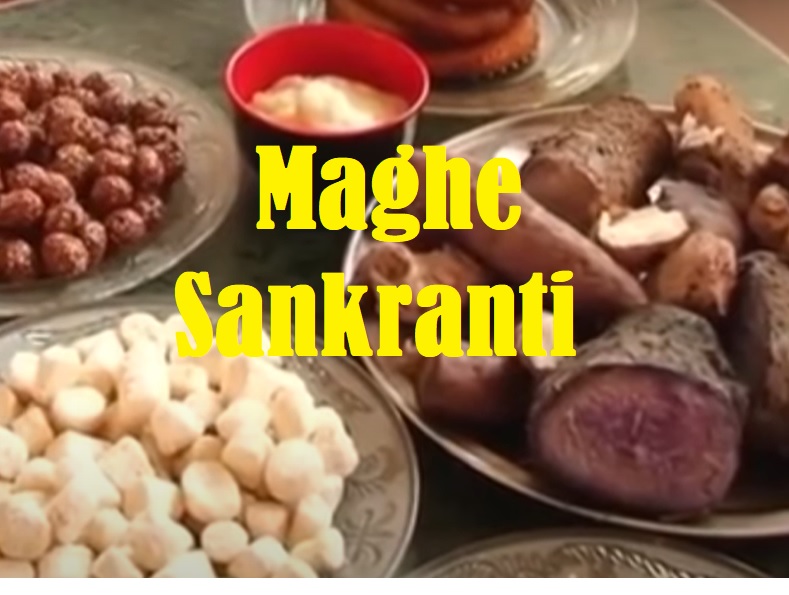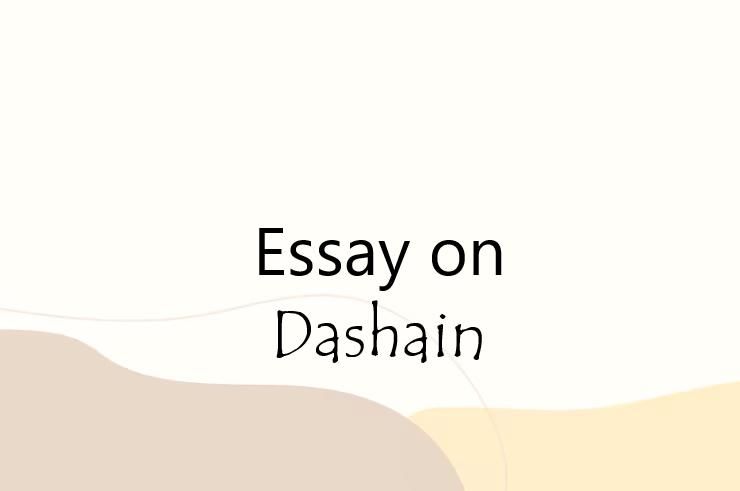
Essay on Discipline
Write an essay on the topic "Dashain" in about 1000 words.
Dashain, the longest and most significant festival in Nepal, is a time of joy, reunion, and cultural celebration. Observed primarily by Hindus, Dashain symbolizes the triumph of good over evil and is deeply rooted in the mythology, traditions, and values of Nepalese society. This essay on Dashain aims to explore its historical background, cultural significance, rituals, and the impact it has on people’s lives, especially in the modern context.
Advertisement helps us to grow
essay on Discipline
Introduction to Dashain
Dashain, also known as Vijaya Dashami, is celebrated over a period of 15 days during the lunar month of Ashwin (September–October). It marks the victory of the goddess Durga over the demon Mahishasura, signifying the conquest of righteousness over sin. The festival is observed not only in Nepal but also among Nepali communities in India, Bhutan, and other parts of the world. This essay on Dashain will delve into how the festival is more than just a religious event—it is a celebration of familial bonds, social harmony, and cultural identity.
Advertisement helps us to grow
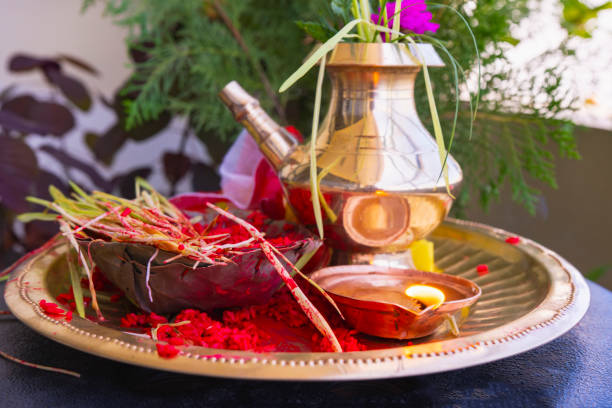
picture credit: istock photo
Historical and Mythological Background
In Hindu mythology, Dashain commemorates the victory of Goddess Durga, the divine feminine force, over the buffalo demon Mahishasura. The demon had terrorized the world, and no male god could defeat him. Ultimately, Durga was created by combining the powers of all gods, and after a fierce battle lasting nine nights (Navaratri), she vanquished Mahishasura on the tenth day—celebrated as Vijaya Dashami.
Another interpretation ties the festival to the Ramayana, where Lord Rama defeats the demon king Ravana on the tenth day with the blessings of Goddess Durga. In both versions, Dashain emphasizes the central theme of good triumphing over evil, a concept that this essay on Dashain highlights as crucial to understanding the festival’s significance.
Cultural and Religious Significance
One cannot write an essay on Dashain without mentioning its deep cultural and religious implications. Dashain is not merely a series of rituals; it is a way of life during the festive season. For Hindus in Nepal, it is a time to honor the goddess Durga and seek her blessings for power, prosperity, and protection. Temples are decorated, prayers are offered, and sacrifices are made in her honor.
Socially, Dashain is a time for family gatherings and community bonding. Schools and offices are closed for an extended holiday, allowing people to travel back to their ancestral homes. This reunion of family members, especially those who live in distant places, makes Dashain a highly anticipated event each year. As this essay on Dashain explains, the festival is a beautiful blend of devotion, tradition, and togetherness.
Rituals and Celebrations
Dashain is marked by various rituals that span over 15 days. Each day holds special significance, and the main highlights are as follows:
1. Ghatasthapana (Day 1)
The festival begins with Ghatasthapana, which involves the installation of a sacred Kalash (pot) and the sowing of barley seeds in a sand-filled vessel. This marks the beginning of Navaratri, the nine nights of worship.
2. Phulpati (Day 7)
Phulpati is a ceremonial procession of sacred flowers and leaves brought to Kathmandu from the Gorkha district. It signifies the arrival of nature and divine blessings into homes and temples.
3. Asthami and Navami (Days 8 and 9)
These are days of intense worship and animal sacrifices, particularly goats, buffaloes, and ducks, in honor of Goddess Durga. The sacrifices symbolize the offering of ego and negative traits to the goddess.
4. Vijaya Dashami (Day 10)
This is the most significant day of Dashain. Elders apply tika (a mixture of yogurt, rice, and vermillion) and jamara (barley sprouts) to the foreheads of younger family members while giving blessings. This act symbolizes the transfer of power, love, and wisdom.
5. Kojagrat Purnima (Day 15)
The festival concludes with Kojagrat Purnima, a full moon night when people stay awake to receive the blessings of the goddess of wealth, Laxmi.
Throughout the period, people wear new clothes, prepare delicious food, fly kites, play traditional games, and enjoy swings set up in villages and towns. As seen in this essay on Dashain, these rituals are not only spiritual but also serve to strengthen familial and societal bonds.
Dashain in the Modern Context
With modernization and globalization, the way Dashain is celebrated has evolved. While traditional values still hold strong, urban lifestyles have influenced some of the customs. For instance, online shopping has replaced traditional markets, and digital greetings have taken the place of physical visits for some families. However, the essence of Dashain—reconnecting with family, showing respect to elders, and celebrating victory—remains unchanged.
This essay on Dashain also notes that environmental concerns have started to impact traditional practices. For example, the ritual of animal sacrifice is now being questioned by animal rights activists, leading some communities to adopt symbolic rituals instead.
Economic and Social Impact
Dashain also has a significant impact on the economy. It is the peak season for retailers and businesses, as people buy new clothes, gadgets, vehicles, and household items. The demand for goods and services rises sharply, contributing to economic activity across the country.
Socially, Dashain fosters a sense of unity and shared identity among people of all classes and regions. It promotes generosity, with people donating to the needy, offering food, and supporting social causes. In this essay on Dashain, we emphasize how such festivals help to build a compassionate and inclusive society.
Challenges and Criticisms
Despite its many positive aspects, Dashain is not without criticisms. Some argue that the extravagant celebrations create pressure on low-income families to spend beyond their means. Others question the environmental and ethical implications of animal sacrifices. This essay on Dashain acknowledges these concerns and emphasizes the need for more sustainable and inclusive ways of celebrating traditional festivals.
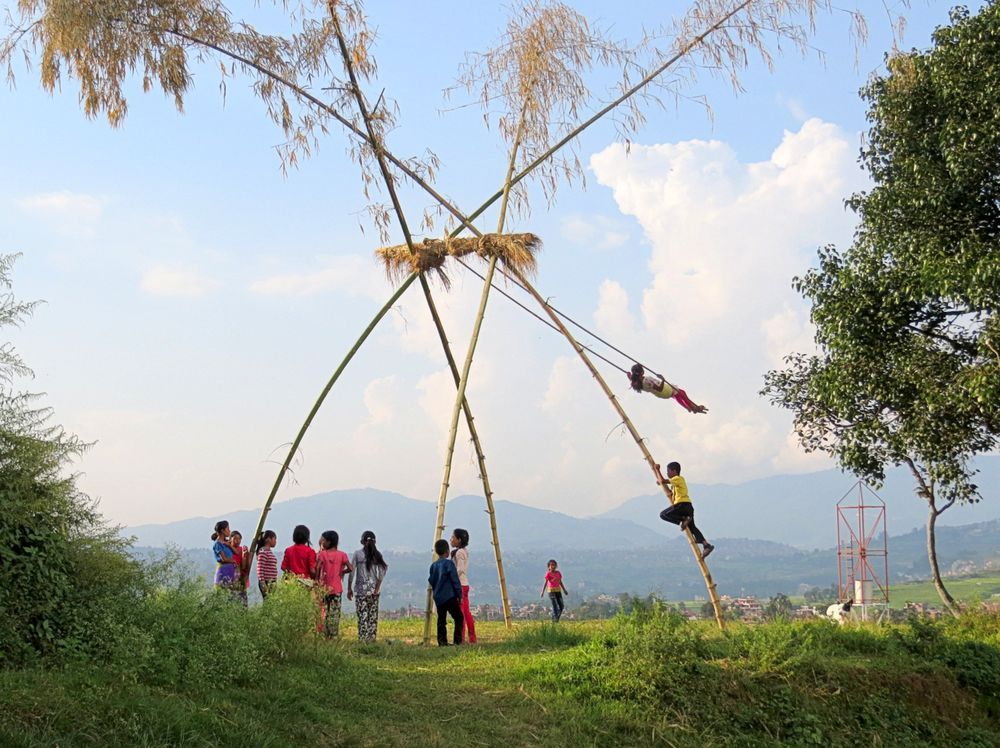
picture credit: Kiwanis Asia Pacific Region
Conclusion
To conclude this essay on Dashain, it is evident that Dashain is much more than a religious holiday—it is a powerful expression of Nepalese culture, identity, and spirituality. It brings people together, strengthens familial bonds, and reinforces moral values. While modern challenges may influence the way Dashain is celebrated, its core message—the triumph of good over evil—remains timeless and universal.
Dashain serves as a reminder that faith, unity, and tradition can coexist with change and progress. Whether celebrated in a traditional village or a modern city, the spirit of Dashain continues to inspire millions. This essay on Dashain not only showcases the beauty of the festival but also encourages reflection on how such age-old traditions can evolve to meet the needs of a changing world.
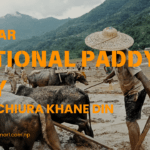
Dashain Festival Nepal — Celebrating Victory, Family, and Tradition
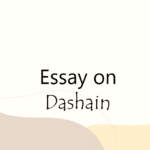




100 GK Questions About Health and Medicine to Test Your Knowledge
Important Links

BLE MATHEMATICS SOLUTION
visit the web page to check out the solution of BLE Compilsory Mathematics

